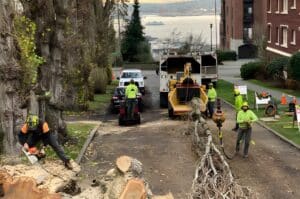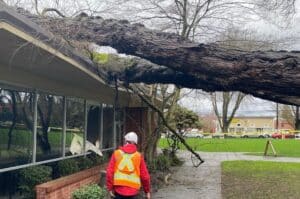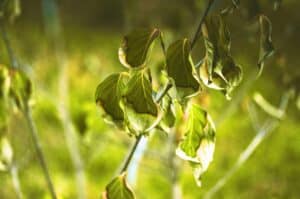Living Soil: What Is It & Why Is It Essential for Tree Health in Seattle?
Uncover the secrets of living soil in Seattle. From microorganisms to water retention, see how healthy soil supports urban trees in the Pacific Northwest.
As Seattle residents, we’re fortunate to have a climate that supports diverse plant life. From the evergreens in Discovery Park to the flower beds in Volunteer Park, our city demonstrates what’s possible in our unique environment. But the real foundation of these green spaces – and your own yard – is hidden underground, in the living ecosystem of the soil.
Seattle’s weather pattern of mild, wet winters and dry summers creates both opportunities and challenges for our gardens. Healthy soil helps manage these extremes by, for example, holding moisture during dry spells and improving drainage during heavy rains. But good soil health isn’t just about improving your lawn or vegetable garden – living soil plays a key role in our urban ecosystem, from reducing runoff into Puget Sound to supporting local wildlife.
In this guide to living soil in the Seattle area, we’ll cover everything you need to know about what it is, why we need to create it (it doesn’t just magically come out of a bag!), and how it benefits you, your wallet, and your trees.
5 Things You’ll Learn About Living Soil and Tree Health in Seattle
- What constitutes “living soil” and how it differs from “dead soil” in urban environments like Seattle.
- The impact of Seattle’s urban development on our native soil conditions and why many Seattle yards need some soil TLC to support healthy plant growth.
- How the complex ecosystem within living soil supports tree growth, disease resistance, and overall vitality in our unique climate.
- The specific benefits of living soil for Seattle’s trees, including improved water retention, nutrient cycling, and temperature moderation.
- Practical steps Seattle residents can take to rebuild and maintain living soil in their yards, enhancing the health of their trees and the broader urban ecosystem.
What Is Living Soil?
“Living soil” refers to the complex underground ecosystem filled with microorganisms. This includes bacteria, fungi, protozoa, nematodes, and larger creatures like earthworms. These organisms work together to break down organic matter, cycle nutrients, and create ideal conditions for plant growth. Essentially, living soil forms the basis of a resilient landscape that can better withstand pests, diseases, and climate stresses.
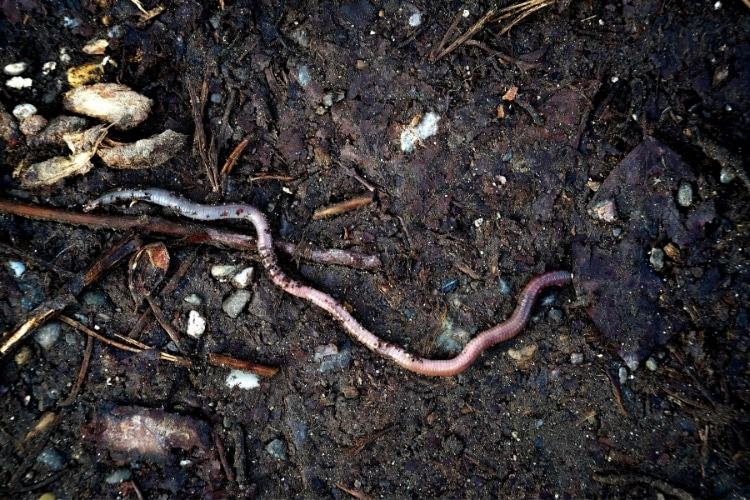
What Makes Up Living Soil?
Living soil is not just “dirt.” It contains countless microorganisms, organic matter, minerals, and spaces for air and water that create a balanced ecosystem that benefits plant life.
- Microorganisms: Bacteria and fungi, such as mycorrhizae, break down organic matter into nutrients that trees and plants can use. Mycorrhizae form a support plant roots by enhancing nutrient and water uptake.
- Organic Matter: This comes from decomposed plants, animals, and insects and helps improve soil structure and fertility by renewing nutrients within the soil. Plants and trees take in these nutrients through their root system, while soil organisms use it to keep the soil ecosystem active and healthy.
- Soil Fauna: Earthworms, nematodes, and other soil creatures play significant roles. Earthworms aerate the soil and break down organic material, while beneficial nematodes help control harmful pests and decompose organic matter.
- Minerals: Essential nutrients like nitrogen, phosphorus, and potassium are necessary for plant growth. These minerals are made available to plants through the activity of soil microorganisms.
- Air and Water Spaces: The soil’s structure, with its network of pores created by various organisms, allows for good water infiltration and root respiration, which are crucial for healthy plant growth.
If your soil doesn’t have all these things, your plants and trees cannot reach their full, beautiful, and vigorous potential.
How Living Soil Differs from “Dead” Soil
Living soil is very different from “dead” soil. Dead soil (dirt) lacks biological activity and organic matter, making it difficult for plants to get the nutrients they need.
It often compacts, leading to poor drainage and limited root growth. Living soil, on the other hand, remains loose and well-structured due to the activity of soil organisms. This helps plants get the nutrients and support they need to grow strong.
If you’ve driven on a dirt road, then you’re familiar with dead soil. It’s hard, compact, and usually light in color due to a lack of microorganism activity. It supports very little plant life. What gets planted in dead soil usually doesn’t last long. If it does, growth is very slow, and plants look like they’re sick or struggling.
On the contrary, living soil tends to be a dark, rich color. It’s loosely packed and easy to dig up. And in every handful, you’re holding countless microorganisms that are busy at work creating the nutrients plants need to thrive.
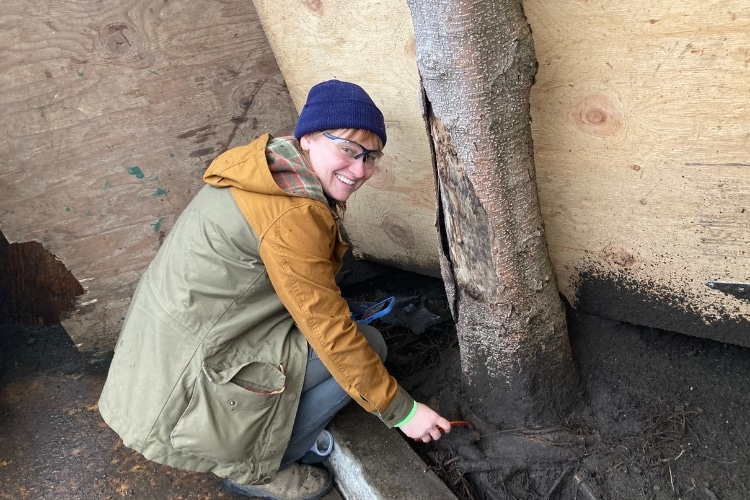
Soil Conditions in the Seattle Area: Why We Need to Create Living Soil
Our region was once covered by temperate rainforests with deep, rich soils developed over thousands of years. However, urban development has changed this landscape significantly in several ways:
- Soil Compaction: Construction and heavy foot traffic have compressed our soil, making it difficult for tree roots to grow and for water to penetrate.
- Altered Drainage: Paved surfaces and changes in terrain have disrupted natural water flow, leading to areas of excessive dryness or moisture.
- Increased Erosion: Removal of natural vegetation has left soil exposed to wind and water erosion, washing away valuable topsoil.
- Nutrient Imbalances: Urban activities have depleted some nutrients while overloading others, throwing off the natural balance trees rely on.
- Soil Acidification: Air pollution and certain gardening practices have made our soils more acidic, which can limit nutrient availability for trees.
- Introduction of Soil-borne Diseases: Non-native plants and movement of soil have brought new pathogens that our native trees may struggle to resist.
- Topsoil Removal: In many areas, construction has stripped away the nutrient-rich topsoil, leaving trees to grow in subpar conditions.
HOW TO CORRECT POOR SOIL – As Seattle residents, we can take steps to rebuild living soil in our yards and communities. Simple actions like composting, proper mulching, and avoiding chemical pesticides can go a long way in restoring soil health and creating a healthier urban environment for all. >> Learn how to build healthy, living soil
Why Living Soil is Essential: Benefits for Seattle Trees & Plants
In essence, living soil creates a support system for our trees, much like the forest floor did in our region’s ancient rainforests. By understanding and nurturing living soil, we can help our urban trees thrive despite the challenges of city life. This not only leads to healthier, more beautiful trees but also contributes to cleaner air, reduced urban heat, and a more resilient local ecosystem.
From helping trees overcome drought stress to fighting off diseases, here are just a few of the many benefits of living soil.
Living Soil Enjoys a Self-Sustaining Nutrient Cycle
The microorganisms in living soil break down organic matter, releasing essential nutrients like nitrogen, phosphorus, and potassium. These nutrients are absorbed by tree roots and used for vital functions like photosynthesis, growth, and the development of strong wood and leaves, ensuring safe and beautiful trees. This type of soil provides a steady supply of nutrients, reducing the need for artificial fertilizers.
Living Soil Retains & Conserves Water
The organic matter and structure of living soil allow it to hold water effectively, ensuring that tree roots have access to moisture even during dry periods. And the presence of mycorrhizal fungi helps tree roots absorb water more efficiently. Proper water retention in living soil helps prevent trees from becoming waterlogged or drought-stressed, maintaining their health and vitality year-round and reducing the need for watering during dry summers.
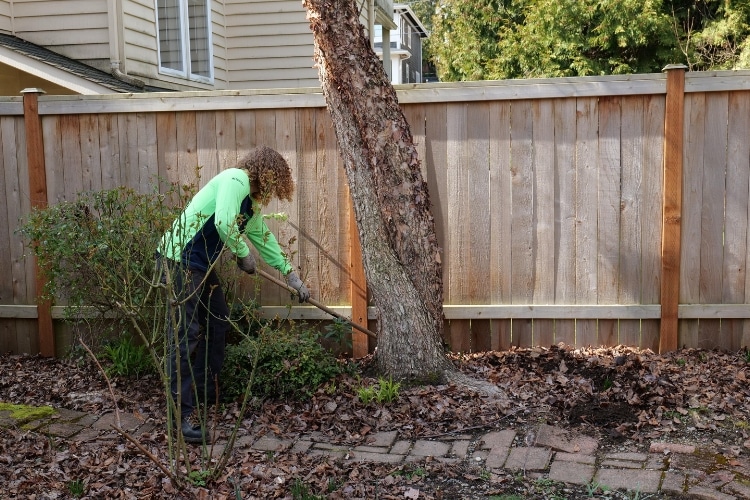
Living Soil Encourages Robust Root Systems
Living soil supports tree and plant root systems by creating a soil structure that allows roots to penetrate deeply and spread widely. The presence of earthworms and other soil organisms aerates the soil, preventing compaction and promoting healthy root growth.
In Seattle, where soil can become compacted due to heavy rainfall, living soil helps maintain a loose and supportive environment for tree roots.
Living Soil Boosts Disease Resistance
The balanced ecosystem in the soil, along with a constant supply of nutrients for trees, boosts tree health, making trees less susceptible to common pests and diseases. Many destructive insects and diseases target weak, sick trees, while healthier trees are less susceptible.
The diverse community of microorganisms in living soil also competes with and suppresses harmful pathogens in the soil, further reducing the likelihood of tree diseases. Beneficial fungi like mycorrhizae can protect tree roots from infections.
In Seattle, where constant moisture allows fungal diseases to run rampant in our landscapes, maintaining living soil is especially important to keep trees healthy and disease-free.
Living Soil Moderates Temperature Extremes
The organic matter in living soil also helps to buffer temperature extremes, protecting tree roots from cold snaps. By supporting living soil, your Seattle trees can thrive despite the challenging climate.
<h2> Let Seattle Tree Care Improve Your Soil for Healthy Trees & Plants
To ensure your trees and plants thrive in the Seattle area, one of the best things you can do is to improve the quality of your soil. The ecosystem that exists within living soil will provide your trees and shrubs with the nutrients they need to reach their full potential, thriving for many years, if not decades.
Call Seattle Tree Care today at 206-789-0534 to learn more about our Bio-Rush Soil Treatments and to have our specialists improve your soil quality today. Or use our online form to request a site visit from our tree care experts.
SEE MORE ARTICLES FROM OUR b(LOG)
We've got you covered with tips, resources, updates, how-to's, and other helpful information about trees and landscapes in Seattle, Puget Sound, and King County, WA. Join the thousands of smart local residents who get the monthly newsletter from Seattle Tree Care for helpful information you won't want to miss!
There's no spam - we promise! We are committed to keeping your e-mail address confidential. We do not sell, rent, or lease our contact data or lists to third parties.

